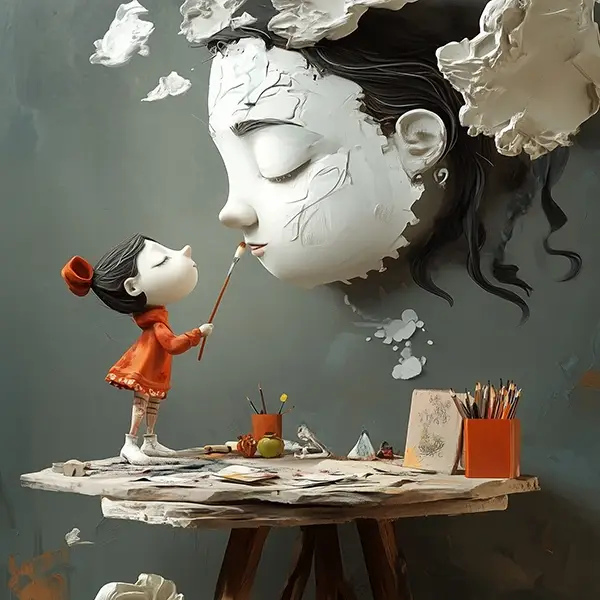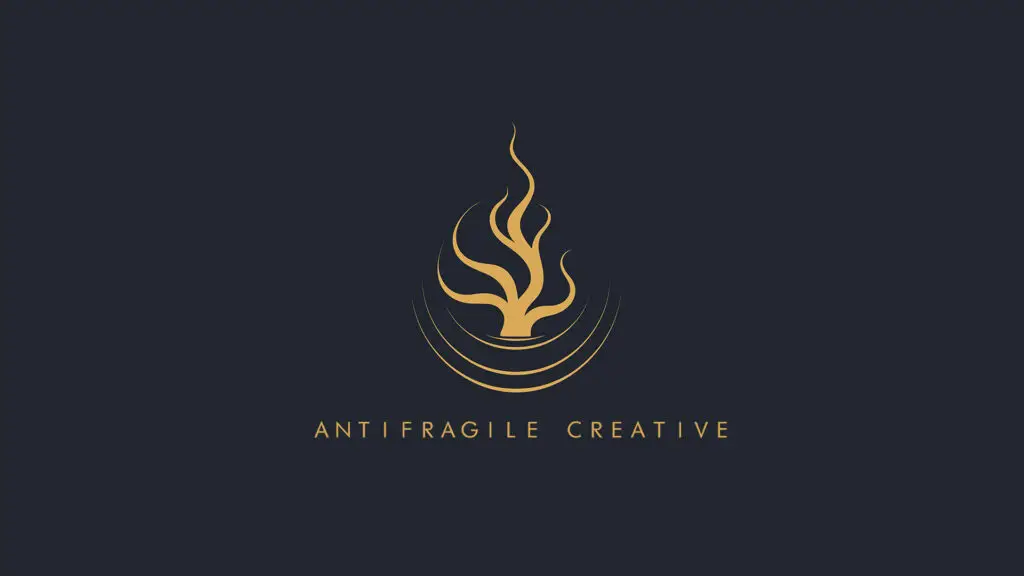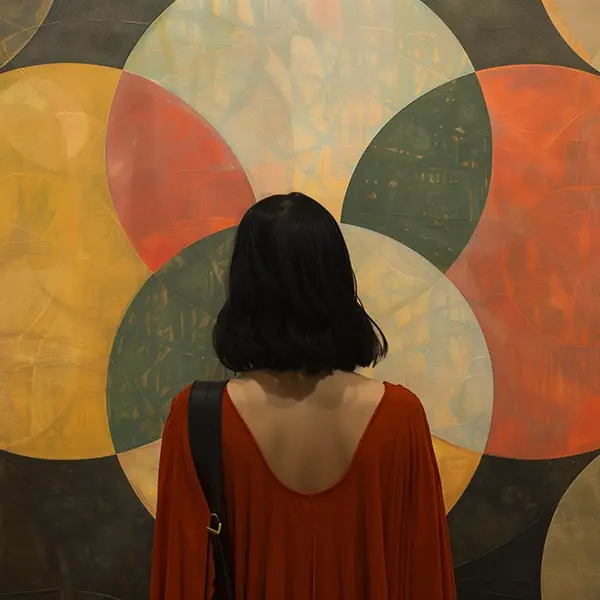Creative Productivity: Antifragile Systems for Balancing Structure & Freedom
Are you a creative entrepreneur caught between ambitious ideas and the daily actions needed to bring them to life?
As a lifelong learner who values both creative freedom and effective systems, you know conventional productivity methods weren’t designed for the way your mind works. At jefftyack.com, you’ll find tools, workflows, and a supportive community designed specifically for creative professionals who want clarity without sacrificing spontaneity.

Why Conventional Productivity Fails Creative Work
You’ve tried goal setting, time blocking, and getting things done. You’ve chased structure, hoping it would finally bring clarity—but it still feels like you’re spinning your wheels.
Here’s why: those systems were designed for predictable environments—what researchers call kind problems. In those worlds, the path is known. You just follow the steps.
But creative work is different. It lives in complexity. It evolves as you go. There is no single right path and no map to follow.
You’re navigating wicked problems—open-ended, uncertain, and always changing. This means the systems that work for you must be just as adaptive.
The Creative’s Productivity Paradox
As creative professionals, we face unique challenges:
- Perfectionism paralyzes action – You analyze every possibility until momentum disappears
- Everything feels equally important – Without clear prioritization, you spin between projects
- Systems feel too rigid – Traditional productivity methods suffocate your creative process
- Work happens in cycles – You swing between hyper-productivity and complete burnout
These aren’t just productivity problems—they’re creative identity challenges that require systems as flexible and thoughtful as you are.
The Antifragile Approach to Creative Work
When things feel unclear, most creatives default to pushing harder. But no amount of brute-force effort will fix a system that wasn’t built for your kind of work.
Antifragility isn’t just about surviving uncertainty—it’s about thriving because of it.
It means building systems and habits that actually grow stronger when faced with disruption, variability, and change.
Instead of creating rigid structures that break under pressure, antifragile creatives design flexible frameworks that evolve and improve through challenges.
At the heart of this approach is The Intention-Reflection Cycle—a framework inspired by agile methodologies but adapted specifically for creative work:
- Find Out Where You Are – Gain clarity through mindful assessment of your current position
- Take Small, Intentional Steps – Move forward with purposeful action rather than reactive busywork
- Reflect on What Happened – Capture insights and learning from both successes and challenges
- Repeat the Process – Build momentum through continuous cycles of intention and reflection
This creates a sustainable rhythm that allows you to navigate uncertainty with confidence and turn ideas into finished work without losing your creative spark or burning out. The process becomes stronger with each iteration—the very definition of antifragility.
Build the Skills to Support Your Creative Rhythm
Finding Clarity & Direction
Turn creative vision into confident action without overthinking.
Building Effective & Adaptable Systems
Create structure that supports your creativity without restricting your flexibility.
The Power of Reflection: Closing the Loop
Transform experiences into insights and progress through intentional reflection.
- Break Free from Overwhelm: Daily Reflection
- (Coming Soon) Using Mindfulness to Boost Creative Focus
- (Coming Soon) The Art of Creative Rest: Why Pauses Make You More Productive
Ready for More Support?
The resources above are just the beginning. As you implement these ideas, you may find yourself wanting more guidance, structure, and community support. Here are two ways to deepen your practice:
The Flux & Flow Newsletter: Small Steps Toward Creative Clarity
Tired of big ideas that never materialize? The Flux & Flow newsletter breaks down overwhelming creative challenges into manageable, actionable steps.
Each issue:
- Identifies a Specific Creative Challenge – Like perfectionism, project prioritization, or creative overwhelm
- Provides a Clear Framework – Simple, actionable steps to address that particular challenge
- Offers Practical Implementation – Techniques you can apply immediately to your creative process
- Curates Relevant Resources – Hand-picked tools, articles, and insights that support your progress
Unlike generic productivity advice, Flux & Flow is built specifically for creative minds navigating complex, uncertain work. It bridges the gap between your brilliant ideas and their actual manifestation through small, intentional steps forward.
As a subscriber, you’ll also receive The Flux & Flow Dashboard—a customizable Notion template that helps you organize these insights and track your creative progress.

The Antifragile Creative Community
For those ready to go deeper, Antifragile Creative offers a supportive community of fellow creative professionals who understand your specific struggles with:
- Balancing structure and spontaneity
- Building sustainable creative habits
- Prioritizing meaningful projects
- Overcoming perfectionism and creative blocks
Membership Includes:
- Live Discussions & Peer Collaboration – Exchange ideas with like-minded creatives
- Personalized Courses & Resources – Including “Intention by Design” and “Project Management for Creatives”
- Exclusive Notion Templates – Including the comprehensive Flux & Flow Dashboard, Weekly Intention.Reflection Template, and Project Management for Creatives system
Membership in this supportive community is just $39/month—less than the cost of a single coaching session—for unlimited access to all courses, templates, and live discussions.

The Path Forward: From Overwhelm to Creative Clarity
The journey from creative overwhelm to consistent, meaningful output isn’t about finding the perfect productivity hack or forcing yourself to work harder. It’s about building systems that embrace the inherent complexity and uncertainty of creative work.
Whether you’re exploring the free resources on this page, subscribing to the Flux & Flow newsletter, or joining the Antifragile Creative community, you’re taking an important step toward:
- Replacing perfectionism with intentional progress
- Transforming overwhelm into focused action
- Building sustainable creative habits that evolve with your work
- Finding clarity without sacrificing your creative freedom
Your creative work matters—and with the right approach, you can bring your ideas to life without burning out in the process.





